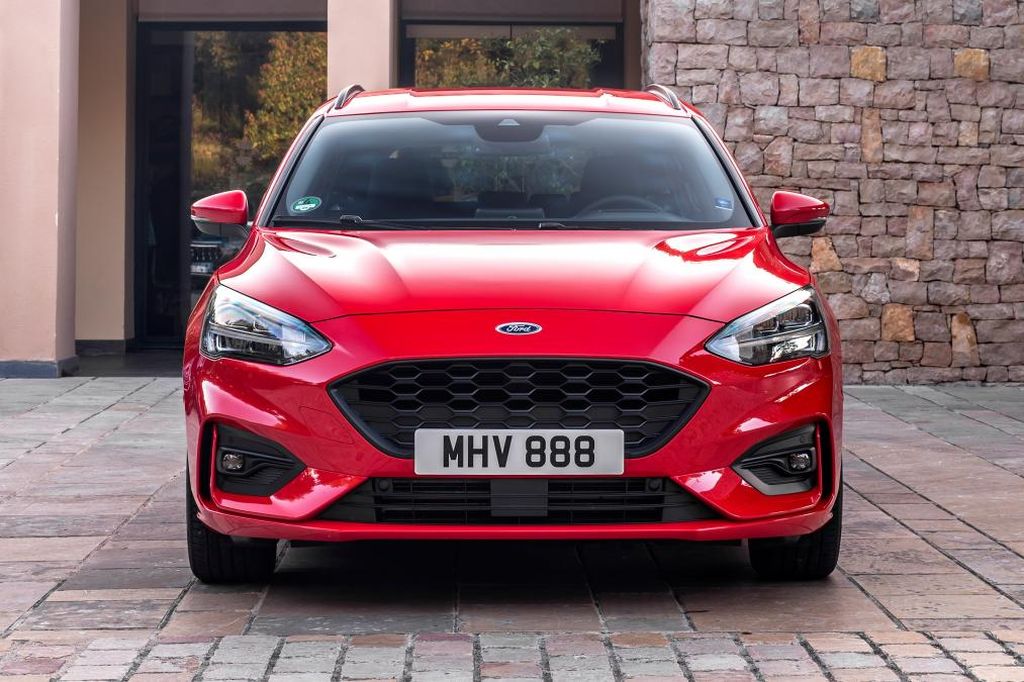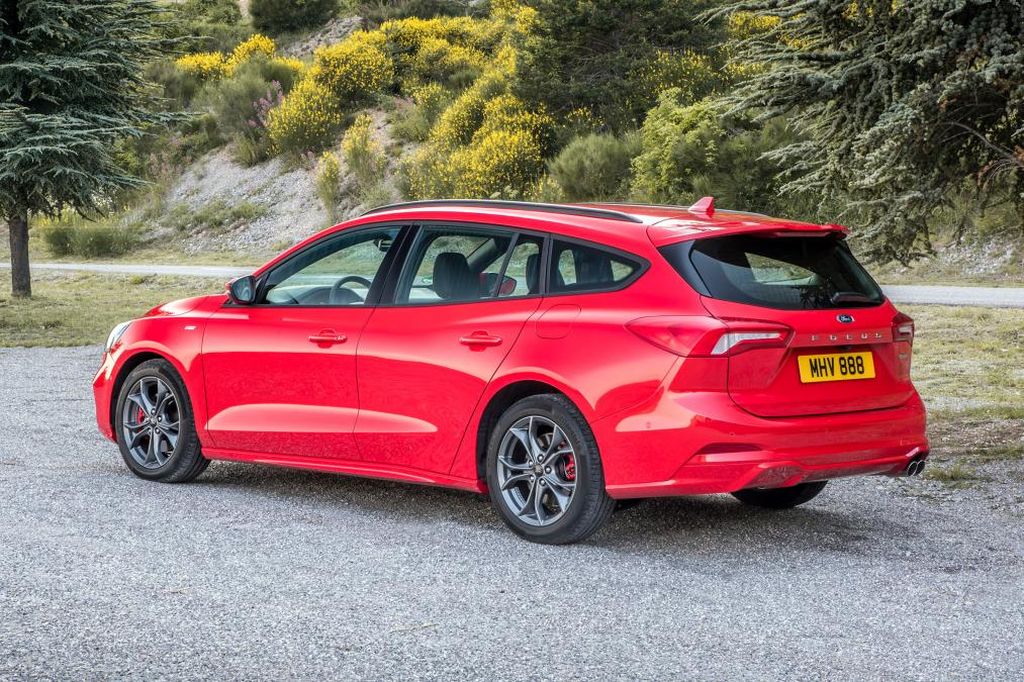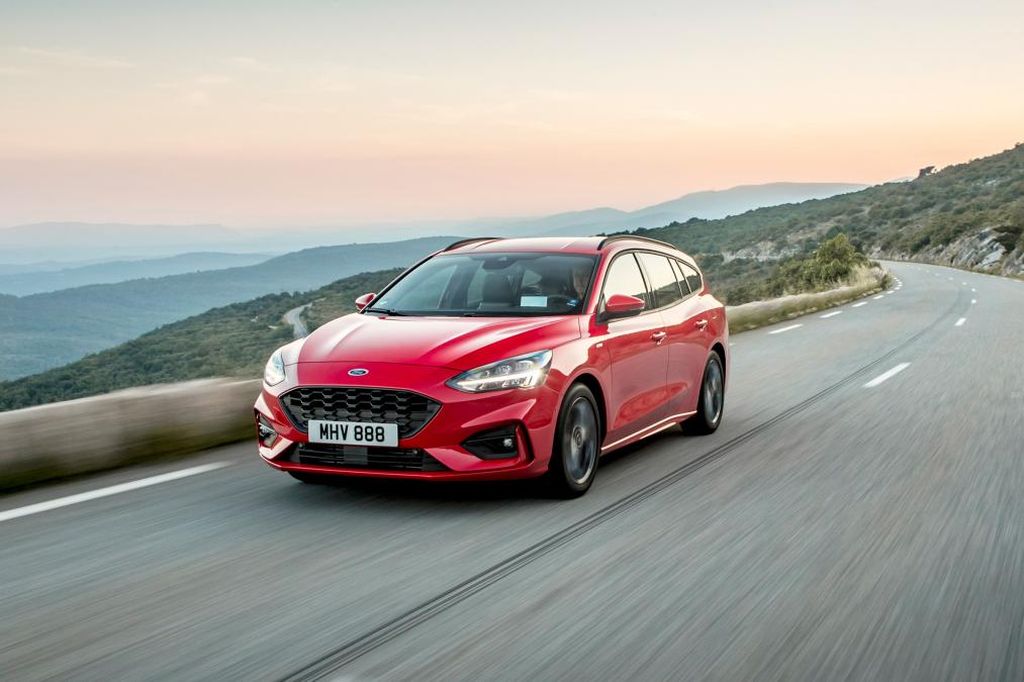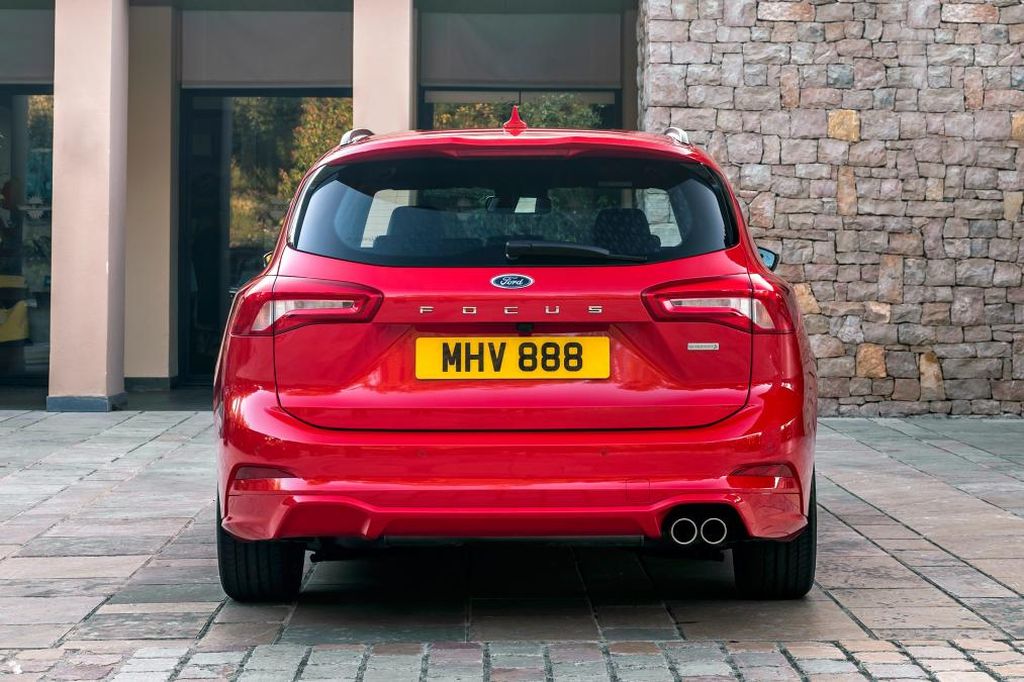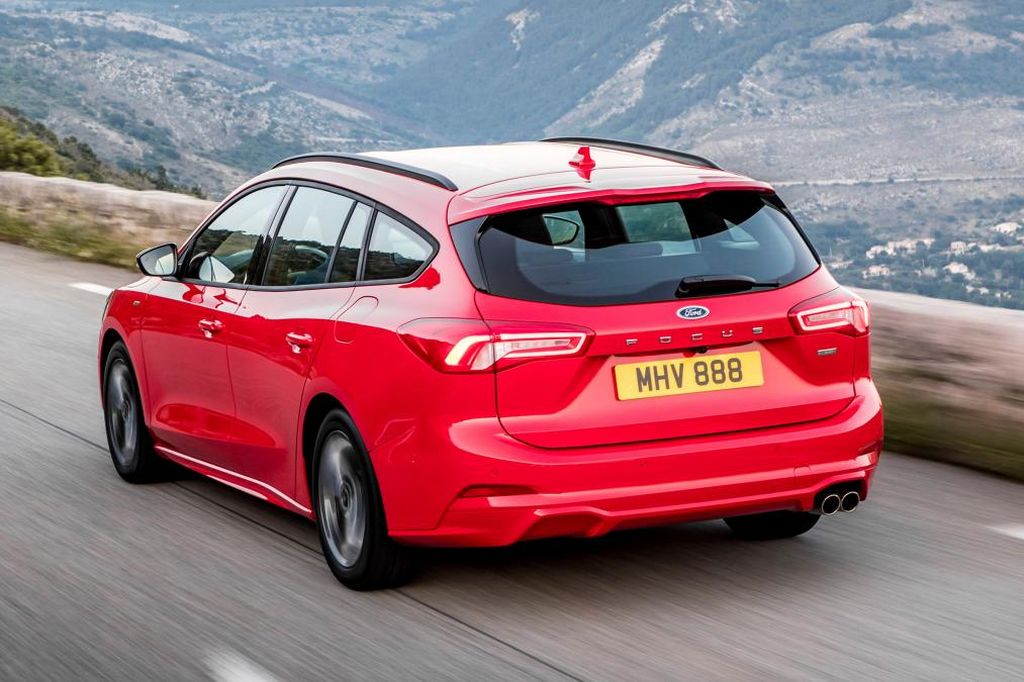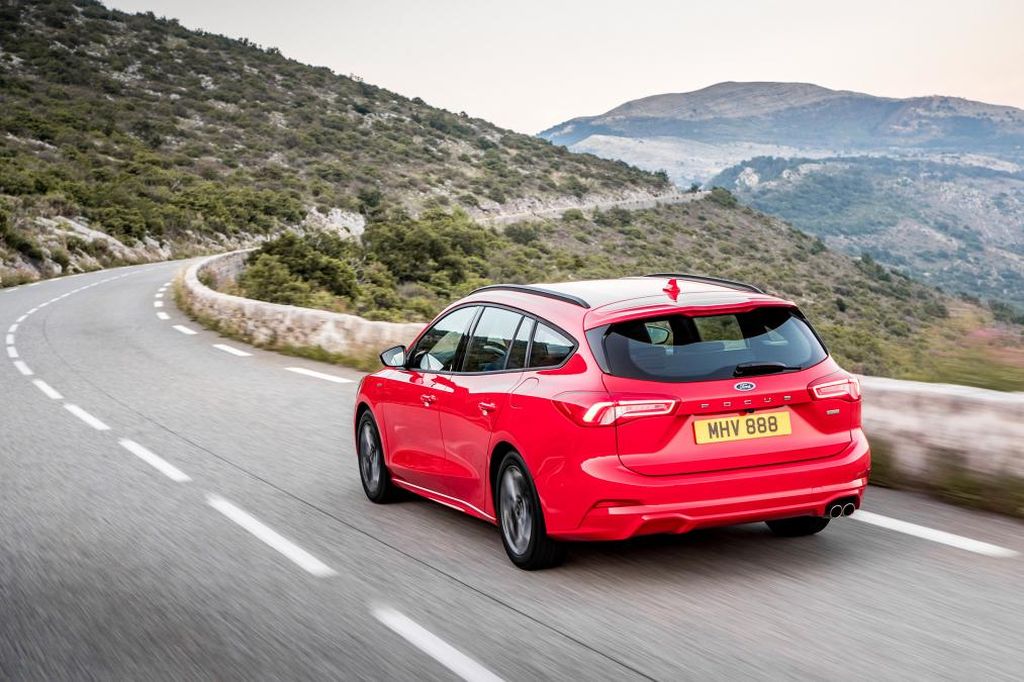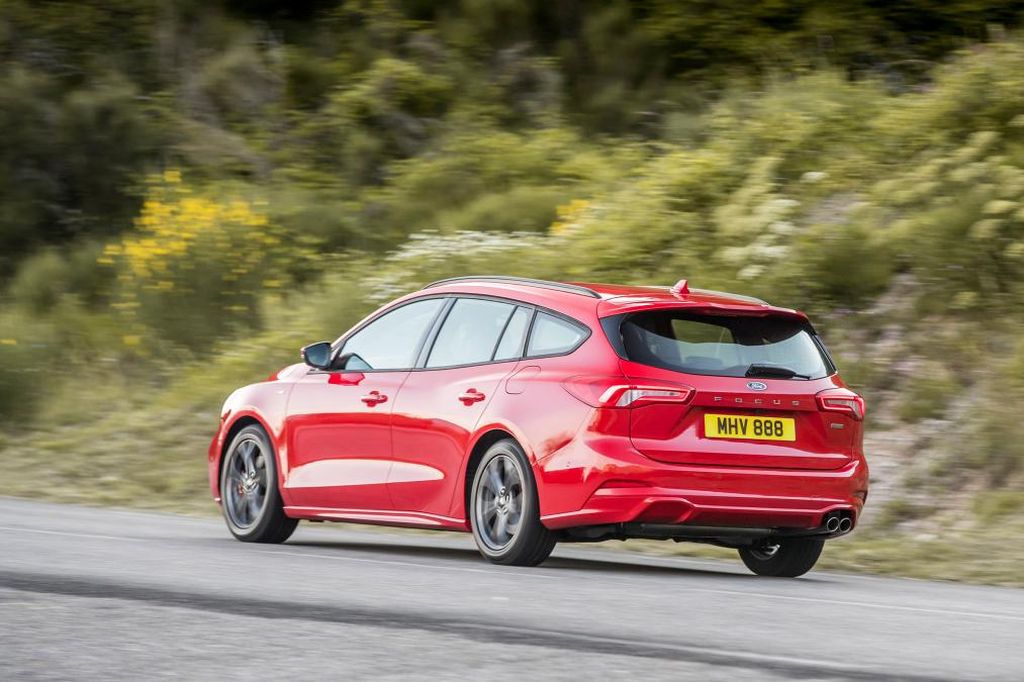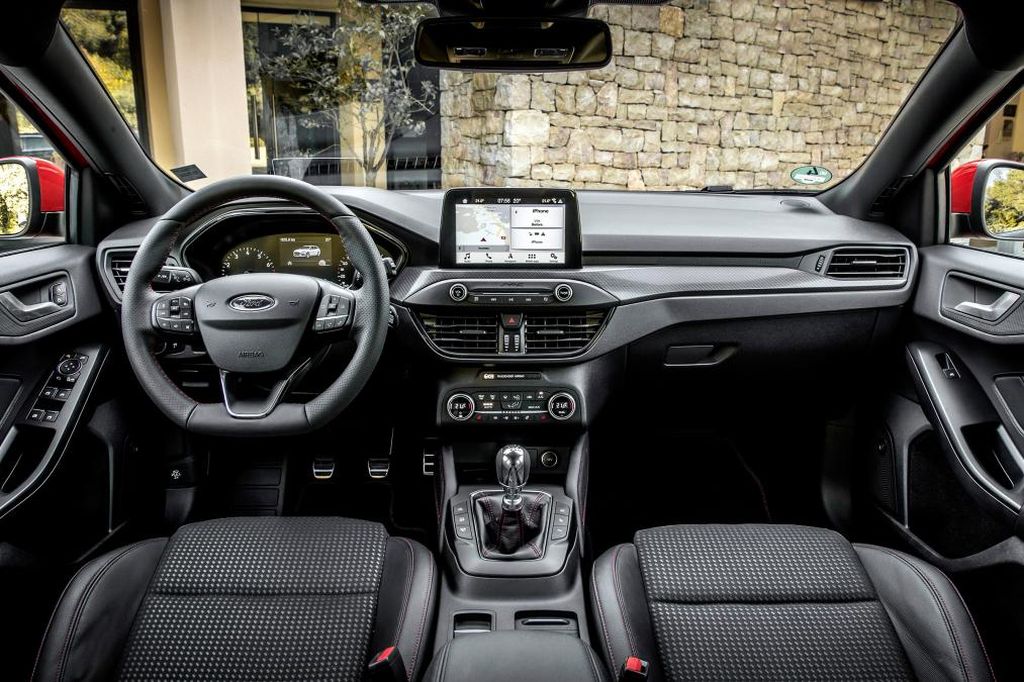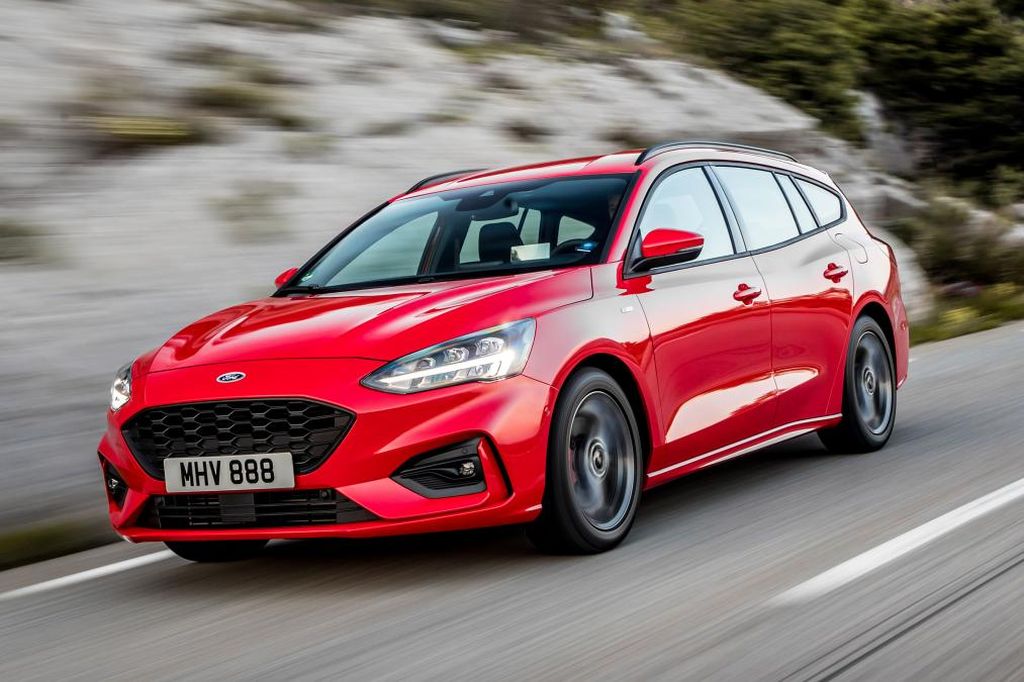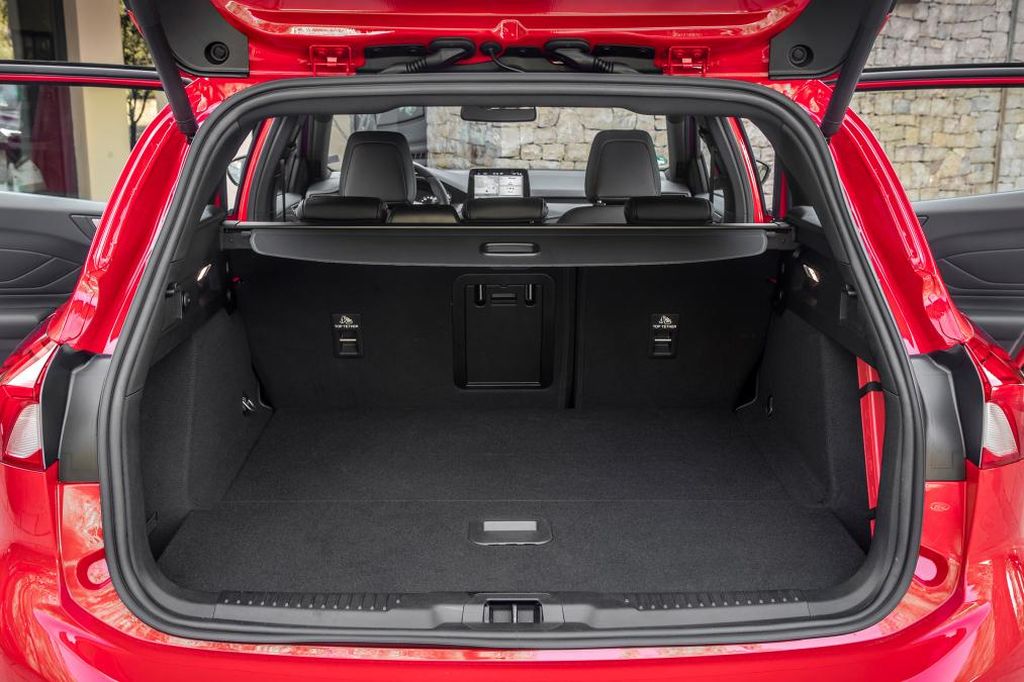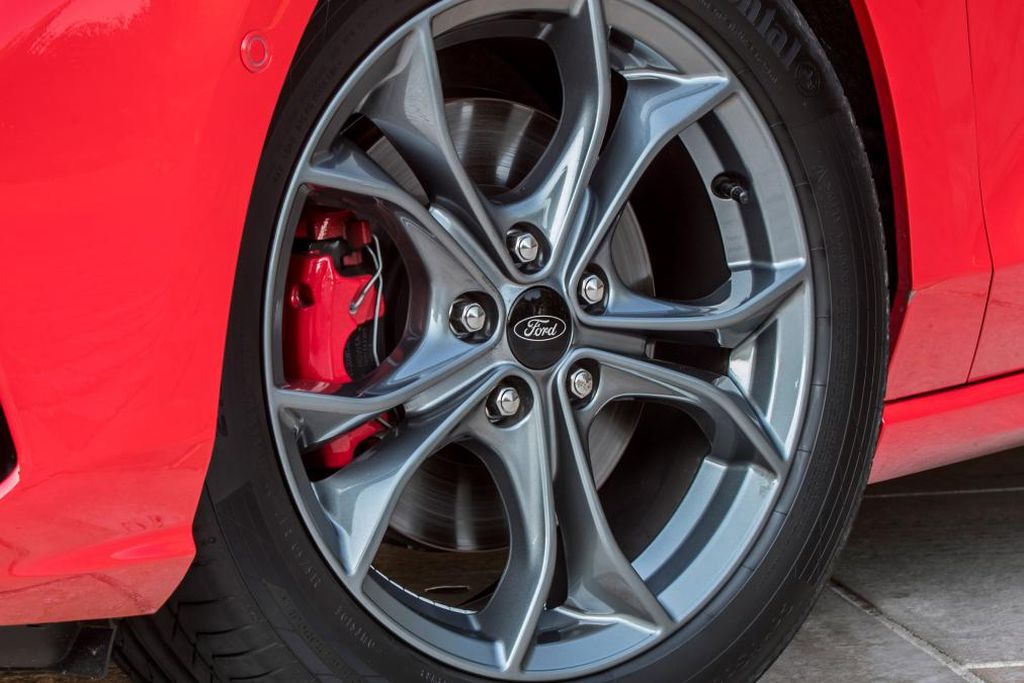De nieuwe Focus Wagon voegt een nieuwe dimensie toe aan het rijplezier van de gezinsvriendelijke Ford Focus line-up.
Het is een sector die min of meer wordt overspoelt door de SUV trend, maar de Focus Wagon is er om ons eraan te herinneren dat het gezinsvriendelijke formaat nog steeds veel te bieden heeft.
Stijlvoller en meer ruimte dan voorheen, terwijl de kwaliteit van het interieur is opgewaardeerd.
Met een solide bouwkwaliteit en tal van efficiënte motor- en versnellingsbakopties en uitrustingsniveaus voor elke portemonnee, is de Ford Focus is al twintig jaar een belangrijk onderdeel van de Europese automarkt waarvan de Focus wagon altijd een groot onderdeel is geweest in dit succesverhaal.
De nieuwe Ford Focus Wagon is de beste keuze voor de sportieve bestuurders, omdat het de toonaangevende rijeigenschappen van de Focus hatchback-versie deelt.
Hieronder lees je het volledige Engelstalig review van AutoExpress:
It’s a sector that’s lost out in recent years thanks to the trend for SUVs, but the Ford Focus Estate model is here to remind us that the original family-friendly format still has a lot to offer. More handsome and stylish than before, with flowing lines that are far from boxy, the Focus Estate combines practical load-lugging ability with a fun-to-drive factor you’ll struggle to find in a top-heavy compact SUV or MPV. With solid build quality, loads of efficient engine and gearbox options plus trim levels to suit every pocket, it’s only the fickle finger of fashion that stands between the Focus Estate and soaring sales.
Our Choice – Ford Focus Estate Titanium 1.0 125 EcoBoost
The Ford Focus has been a staple of the European car market for twenty-odd years, and an estate variant has always been a part of its success story.
Now in Mk4 guise, the Focus boasts improved cabin space, while the interior quality has been upgraded to the point where fit and finish is among the class leaders.
You can buy a Focus as a regular five-door hatch if you don’t need the full load-lugging capacity of the estate model, and save yourself around £1,000. As well as a broad range of model trims, both hatch and estate variants come in Active spec which features a raised ride height and pseudo-SUV styling. It’s an effort to counter the lure of all those fashionable ‘crossover’ and SUV options that have been stealing estate car sales in recent times.
That said, there’s still a lot of life left in the estate car sector, and the Focus faces an array of highly competitive rivals. The list includes the Hyundai i30 Tourer, Peugeot 308 SW, SEAT Leon ST, Skoda Octavia Estate, Vauxhall Astra Sports Tourer and the Volkswagen Golf Estate.
The Focus Estate offers the same engine options as its five-door sister model, which means you get to pick from three-cylinder EcoBoost petrols and four-cylinder EcoBlue diesels. Gearboxes are six-speed manual or eight-speed automatic, the latter controlled by a rotary selector instead of a lever.
Seven trim levels encompass the entry-level Style, with Zetec, Titanium, ST-Line and Vignale models adding increasing luxury, and cost. Even the base models feature air con and alloy wheels, as well as autonomous braking and lane-keeping assistance. However, you need to choose at least the Zetec spec to get Ford’s SYNC 3 Infotainment system with smartphone compatibility.
The latest Focus was launched on Ford’s brand new C2 platform, which has a longer wheelbase than previous models to release more space for rear seat passengers.
Engines, performance and drive
Great handling that’s indistinguishable for hatch models makes the Focus Estate the driver’s choice in the class
The Ford Focus Estate is the first choice for enthusiastic drivers, as it shares the class-leading handling characteristics of the hatchback version. In fact, although the two have different suspension set-ups you’ll struggle to tell them apart from the driving seat.
The estate uses a more sophisticated suspension set-up than entry-level hatchback models, and its independent rear end is configured more like the sporty Focus ST-Line. You can also opt for Continuously Controlled Damping (CCD) on higher spec models, which constantly tweaks the suspension responses as you drive.
Crisp electrically powered steering and an agile chassis mean the car responds nimbly to changes of direction, while the ride quality is supple over all but the sharpest of bumps.
The manual gearbox is pretty slick, and the eight-speed auto is generally a smooth performer, although it’s not quite as seamlessly impressive as the DSG box in rival VW Golf models.
ST-Line models sit 10mm lower than counterparts, but the slightly sportier set-up barely affects ride comfort.
Engines, 0-60 acceleration and top speed
There’s a wide range of petrol and diesel engines on offer in the Focus Estate. The petrol line-up starts with the three-cylinder EcoBoost 1.0-litre available with 84, 99 or 123bhp. 0-62mph takes 13.9 seconds, 12.5 seconds or 10.3 seconds, depending on which variant you pick. Go for the punchiest 1.5-litre three-cylinder turbo with 180bhp in the ST-Line, and you’re looking at a 0-62mph time of 8.3 seconds and a 138mph top speed.
1.5-litre and 2.0-litre four-cylinder diesels are also available, with outputs between 94bhp and 148bhp. A good mid-range option is the 118bhp engine which takes you from 0-62mph in 10.3 seconds – and is available with the eight speed auto gearbox.
MPG, CO2 and running costs
“Three-pot engines with cylinder deactivation help make the Focus Estate a fuel-sipper”
Cylinder deactivation is most often seen in big-engined luxury cars, but Ford has applied the tech to its 1.0-litre EcoBoost petrol engine. As a result, the company can claim fuel economy of up to 58.9mpg for both 99bhp and 123bhp versions on the official combined cycles. It’s highly impressive, but the figure slips a little to 55.4mpg if you opt to swap standard 16-inch wheels for flashy 18-inchers.
With emissions of only 108g/km of C02, the company car tax Benefit-in-Kind is set at just 22 per cent for these engines.
The most efficient diesel can squeeze up to 78.5mpg from a gallon, but with 98g/km of CO2 it’s hit a little harder by a 24 per cent BiK rate for company users. The 118bhp diesel manages up to 76mpg depending on specs and wheel sizes, but if you plump for the auto then efficiency drops a lot to a maximum 63mpg on the combined cycle. Emissions go up to as much as 123g/km too, with a resultant BiK rate of 29 per cent. Road tax will cost £140 a year for all models.
Insurance groups
With such a broad range of engines and performance you’d expect a wide spread of insurance groups, and the Focus Estate ranges from Group 8 for the entry-level Style to Group 23 for a pricey 148bhp Vignale. All groups are competitive with similar models from rival makers.
Depreciation
In spite of all its qualities, the blue oval badge on the nose of the Focus Estate condemns it to being less sought-after on the second-hand market than, say, a VW Golf. Depreciation will be more rapid as a result.
Interior, design and technology
“The most practical Focus is a technological tour de force wrapped in swoopy styling”
While the previous generation Focus lacked a bit of pizazz on the style front, Ford’s designers upped their game with the new one to make it more individual and eye-catching. The effect is not overly-dramatic or extrovert, and the overall effect is relatively conservative. However, especially at the front where a handsome new grille.
The rear of the car is more carefully integrated too, with a rising beltline and tapering window glass above the rear haunches giving the car a sporty demeanour. That’s emphasised on ST-Line models with a black egg-crate style grille, while the luxurious Vignale gets LED headlights and rear lamps for a more premium feel.
Inside the Focus Estate shares the hatchback’s clean and uncluttered dash, as well as a ‘floating’ tablet style touchscreen. The quality feel of the interior fit and finish is now as good as you’ll find anywhere, with soft-touch materials and with attractive metallic finishes making the cabin a very welcoming place to be.
Sat-nav, stereo and infotainment
Entry-level Style models are the poor relations in this context, as every other trim level features SYNC 3 and the touchscreen tablet display. It’s easy to use, and features both Apple CarPlay and Android Auto, so you can hook your phone’s nav system up to the display even if you haven’t paid extra for onboard navigation.
Practicality, comfort and boot space
“The Focus Estate offers extra rear headroom as well as more luggage space than the hatch”
Jump into the front seat of any new Ford Focus, and without looking over your shoulder you’ll never know whether it’s an estate or hatchback – up front the two variants are identical. That means you get a great driving position with plenty of adjustment, and a slim centre console to maximise available space for people.
There’s a minor difference for rear seat passengers as the arc of the estate’s roof means they get more headroom, but unsurprisingly it’s the Estate car’s boot where the real advantages are to be found.
Leg room, head room & passenger space
The old Focus always suffered with cramped rear accommodation, but the new model – hatch or estate – benefits from extra length in the wheelbase of the new platform. As a result, six-footers can now travel comfortably in the rear of the car, while a flat floor makes the centre rear seat more usable too.
The rear seats have an easy to use fold facility, and ISOFIX mounts for child seats.
Boot
Careful suspension design has helped to maximise the space available in the Focus Estate’s luggage compartment, which is considerably bigger than its predecessor. Even with the rear seats in use you get a massive 608-litres of load area, which compares well to just 375 litres in the hatch.
If you fold the rear seats down you’re rewarded with a flat load space with a huge 1,650 volume, and useful features include hands-free boot operation, and a place to stash the retractable luggage cover under the boot floor.
Reliability and Safety 4 v de 5 sterren
“Impressive safety tech puts the Focus Estate at the head of the compact pack”
There’s a lot of advanced technology in the latest Focus line-up, and some of the most impressive kit is designed with safety in mind.
The new C2 platform and body combines to generate 40 per cent more frontal impact absorbtion than before, we’re told, while the array of driver assistance features includes Evasive Steering Assist that helps you avoid impacts should the autonomous emergency braking kick in.
The Brake Assist now recognises pedestrians and cyclists as well as other cars, while the Co-Pilot360 adaptive cruise control can bring you right down to a standstill on the motorway with no driver intervention. Traffic sign recognition and lane assist are also in the Focus portfolio, along with cross-traffic alerts and blind spot monitoring. As you’d expect the new Ford also scores an impressive five stars in the EURO NCAP crash tests.
The new C2 platform and much of the tech is untested on the reliability front of course, but Ford has been making positive strides in that direction with the previous Focus appearing in the top half of our Driver Power satisfaction survey. New Focus owners will hope an upward trend develops.
Warranty (UK)
Standard warranty cover is three years and 60,000 miles, but you can pay more to extend up to five years and 100,000 miles.
Servicing (UK)
Expect to pay around £500 for the first three years of maintenance, including two routine stops for servicing.
Source | AutoExpress.co.uk




